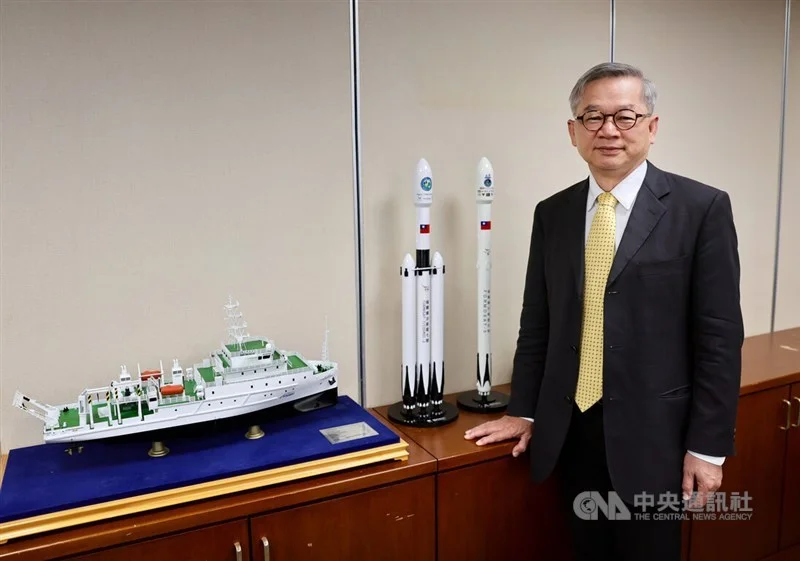
Space Race Intensifies: Taiwan Seeks Starlink Alternative as China’s Satellite Ambitions Face Hurdles
The global race to establish comprehensive satellite networks is heating up, with Taiwan striving to create its own alternative to SpaceX's Starlink while China grapples with challenges in its ambitious Guowang and Qianfan projects. This development marks a significant turning point in securing reliable communication infrastructure and the battle for dominance in the burgeoning space industry.
Taiwan's efforts to build a satellite communications network gained momentum after a reported fallout with SpaceX CEO Elon Musk in late 2023. Concerns over national security and Musk's business ties in China have pushed Taiwan to seek alternative partnerships to ensure resilience in the event of conflict. Analysts suggest Taipei might try to reopen discussions with Starlink, exploring options like the "Japan model" with a local distributor to resolve ownership issues.

The National Science and Technology Council (NSTC) is reportedly in talks with Amazon.com to collaborate on its Project Kuiper, aiming to complete Taiwan's low Earth orbit (LEO) communications satellite network. Taiwanese businesses are also eager to participate in Kuiper's satellite production. A crucial part of this collaboration involves optical inter-satellite link communication technologies, enabling rapid information exchange without ground intermediaries.
However, building a satellite network from scratch is proving to be a significant challenge. Taiwan's project has been scaled down to four LEO satellites by 2029, reflecting the difficulties in competing with established players like SpaceX. Despite these challenges, partnerships with companies like CesiumAstro and potential collaborations with Eutelsat's OneWeb signal Taiwan's commitment to its satellite ambitions. Hon Hai Technology Group (Foxconn), known for assembling iPhones, has even launched two prototype LEO satellites, indicating a serious move into the space supply chain.
Meanwhile, China's efforts to create a Starlink alternative with the Guowang and Qianfan projects are facing hurdles. Rocket availability has become a significant bottleneck, as China lacks reusable rockets to maintain the fast and economical launch cadence of Starlink. Guowang, backed by the central government, appears to be moving slower than expected due to bureaucratic processes, while Qianfan, with municipal government support from Shanghai, is positioning itself as a competitor to Starlink in the international market. Recent intelligence suggests China's military drills have sought to validate whether Guowang can direct Chinese missiles in the West Pacific, highlighting a potential national security element.
Qianfan, on the other hand, is targeting international markets and has operations in several countries, with plans to expand further. Yet, both projects must launch 10 percent of their spacecraft by 2026 to comply with ITU rules, adding pressure to overcome their current limitations.
The competition in the satellite industry continues to intensify, with the United States and Taiwan's strategic partnership potentially serving as an effort to contain China's influence and dominance. As both nations pursue their satellite ambitions, the global landscape of space-based communications is set for significant transformation. What innovative solutions and collaborative efforts will emerge in this space race, and how will they shape the future of global connectivity? Share your thoughts in the comments below.